Why Are Rare Earth Magnets So Expensive and Limited in Use?
Rare earth magnets, especially neodymium magnets, are widely recognized as the strongest type of permanent magnet available today. They're essential in countless high-performance applications, from electric vehicles and wind turbines to smartphones and medical equipment. However, many people are left wondering—if they’re so powerful and useful, why are they also so expensive and so heavily restricted?
The answer lies in a combination of supply chain complexity, geopolitical influence, and safety concerns.
The High Cost of Raw Materials
Neodymium and other rare earth elements are not necessarily rare in terms of abundance, but their extraction and refinement are technically challenging and environmentally taxing. Most of the world's supply is concentrated in a few countries, especially China, which controls the majority of global production. This concentration means that any political or trade disruption—such as tariffs, export restrictions, or environmental regulations—can cause prices to spike rapidly.
Complex Manufacturing and High Demand
Producing high grade neodymium magnets involves several advanced steps: mining, refining, alloying with elements like iron and boron, pressing, sintering, and coating. Each stage requires specialized equipment and expertise, contributing to the overall cost. Furthermore, the demand for these magnets is only increasing, particularly in clean energy and high-tech sectors, which pushes prices even higher.
Why Are They Restricted in Use?
Despite their impressive magnetic strength, neodymium magnets pose real risks if mishandled. They can cause serious injuries by snapping together unexpectedly, damage electronics, or interfere with pacemakers. Because of these hazards, safety regulations in various countries—particularly for consumer products or children's toys—have limited their use.
For example, Buckyballs, once a popular magnetic desk toy, were banned in several regions due to safety incidents involving children swallowing the magnets. Even industrial users must comply with transport regulations and proper handling procedures.
Balancing Performance with Practicality
The paradox of rare earth magnets is clear: they offer unparalleled performance but come at a steep financial and regulatory cost. For businesses and consumers alike, understanding this balance is crucial. Whether you’re a product designer looking to incorporate strong rare earth magnets, or a buyer sourcing components, being aware of the challenges behind rare earth magnets helps you make smarter, safer choices.
As the world continues shifting toward green energy and miniaturized electronics, demand for rare earth magnets will only grow—making awareness and innovation more important than ever.
 80+
80+ 80+
80+ 80
80





 en
en de
de Hefei Super Electronics Co., Ltd.
Hefei Super Electronics Co., Ltd.














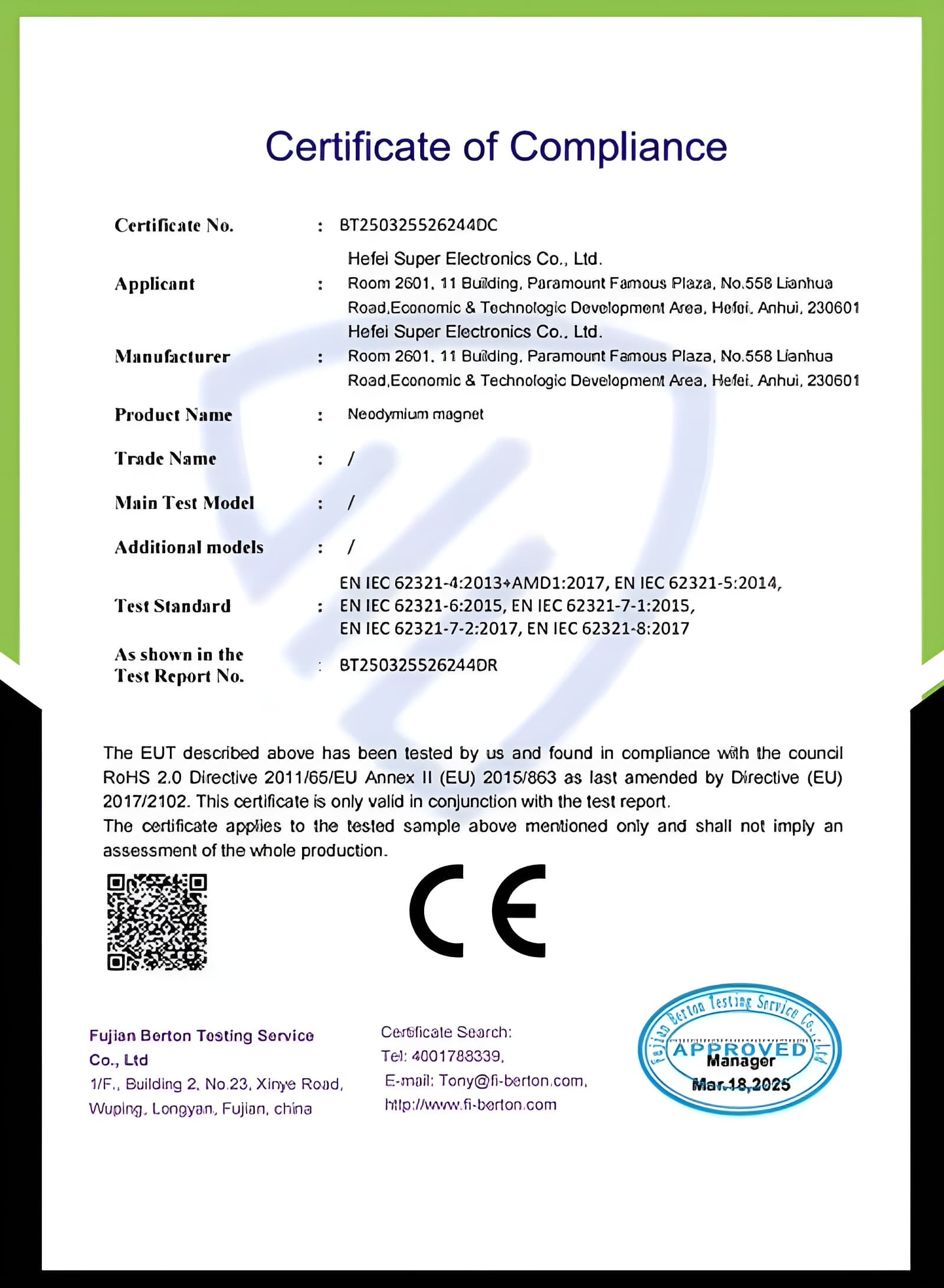
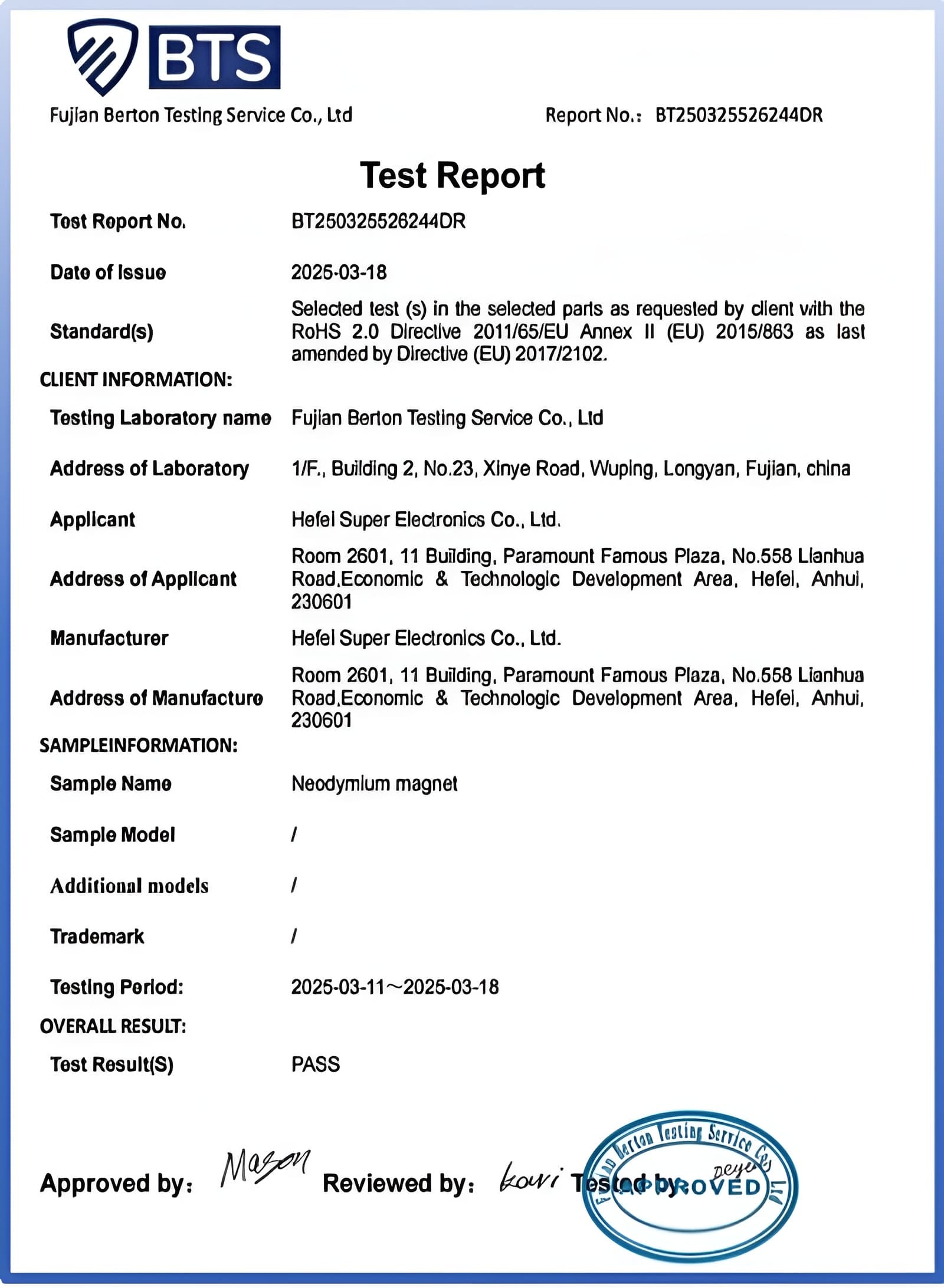
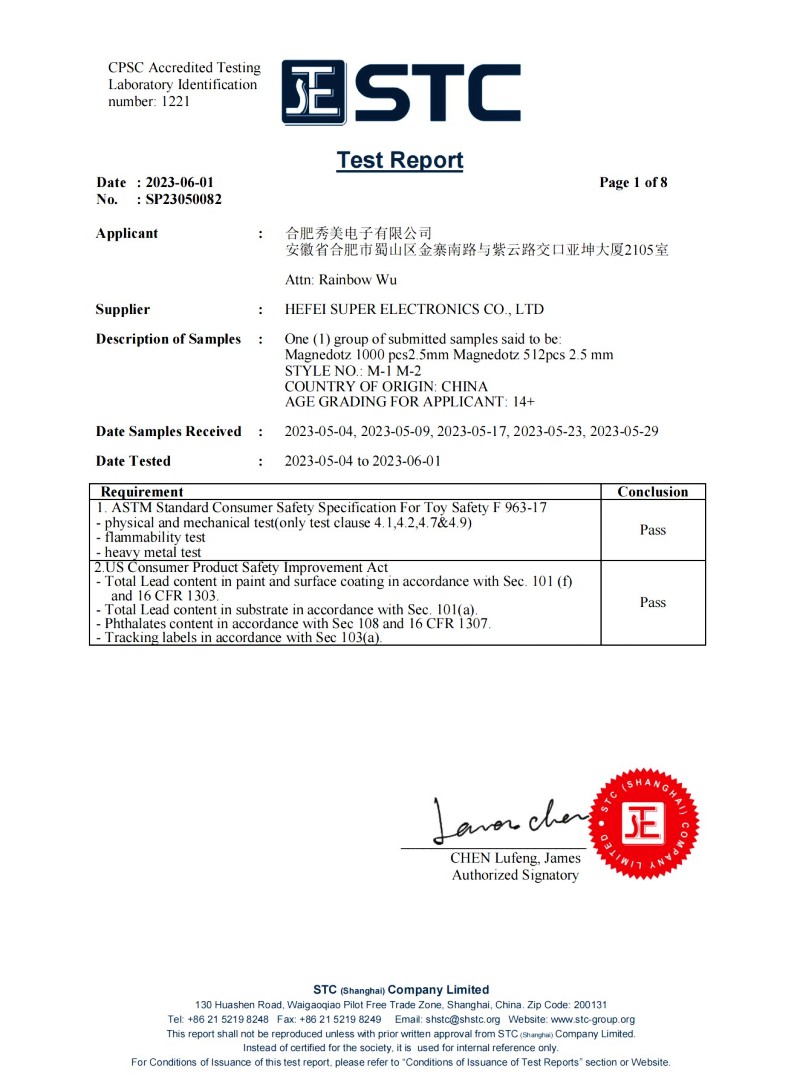
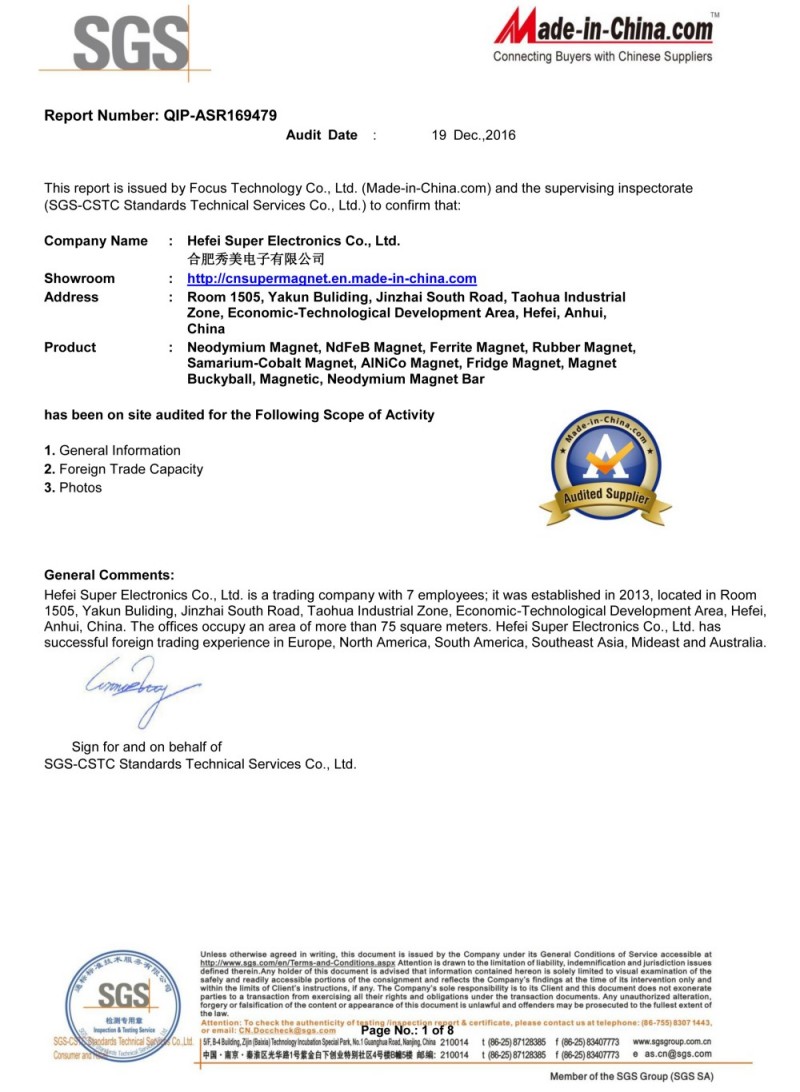
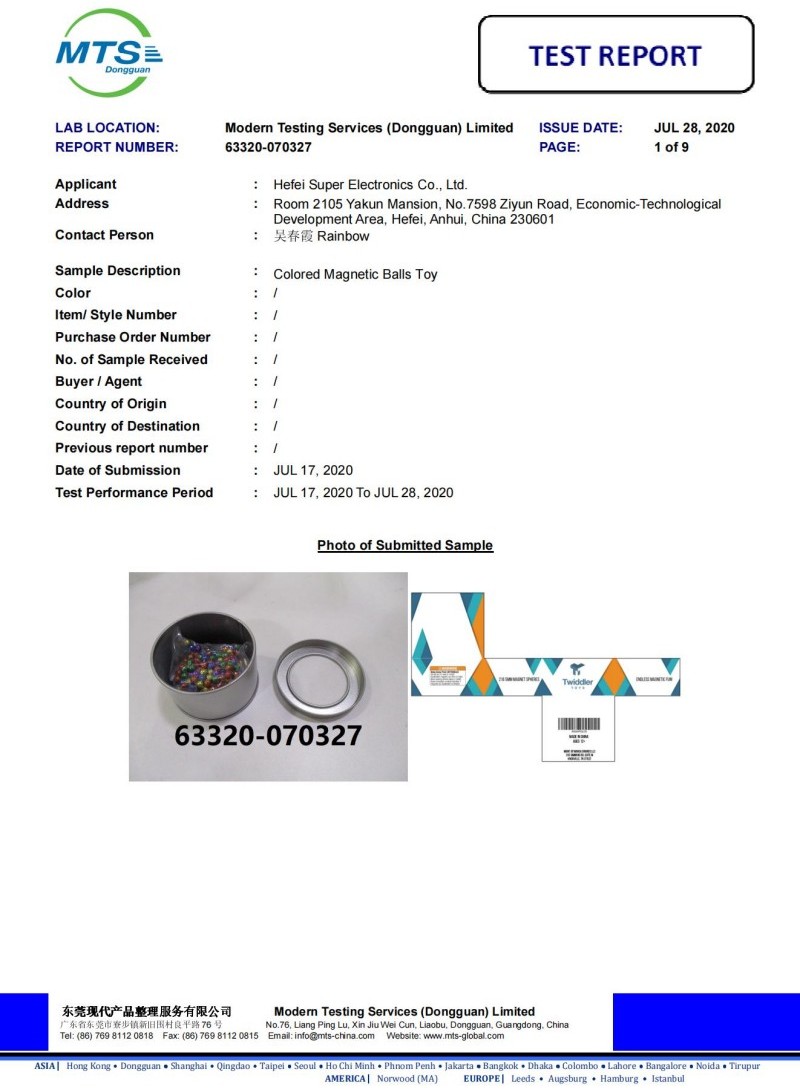
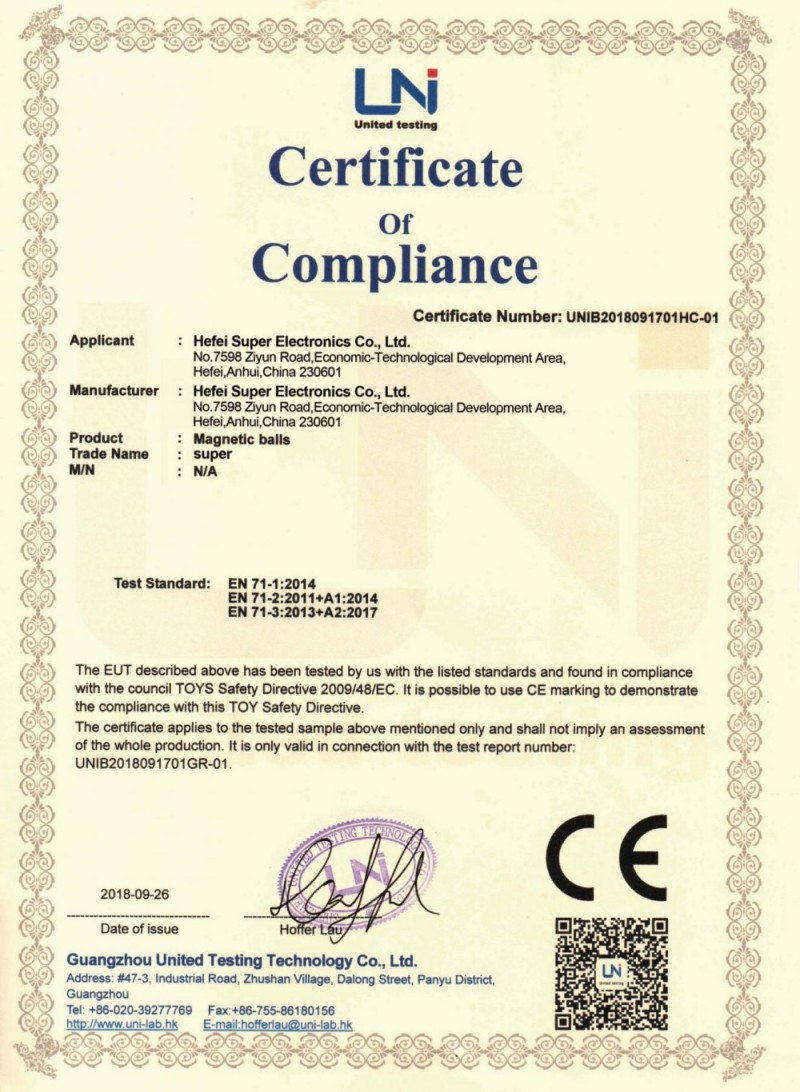
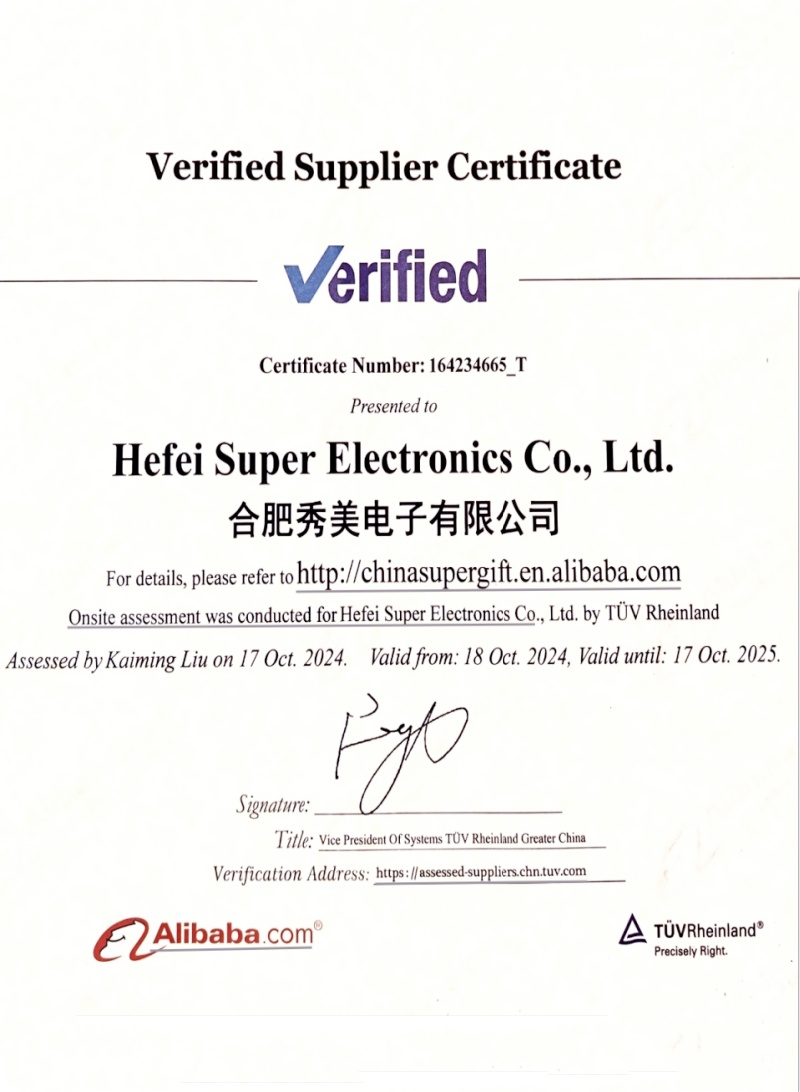



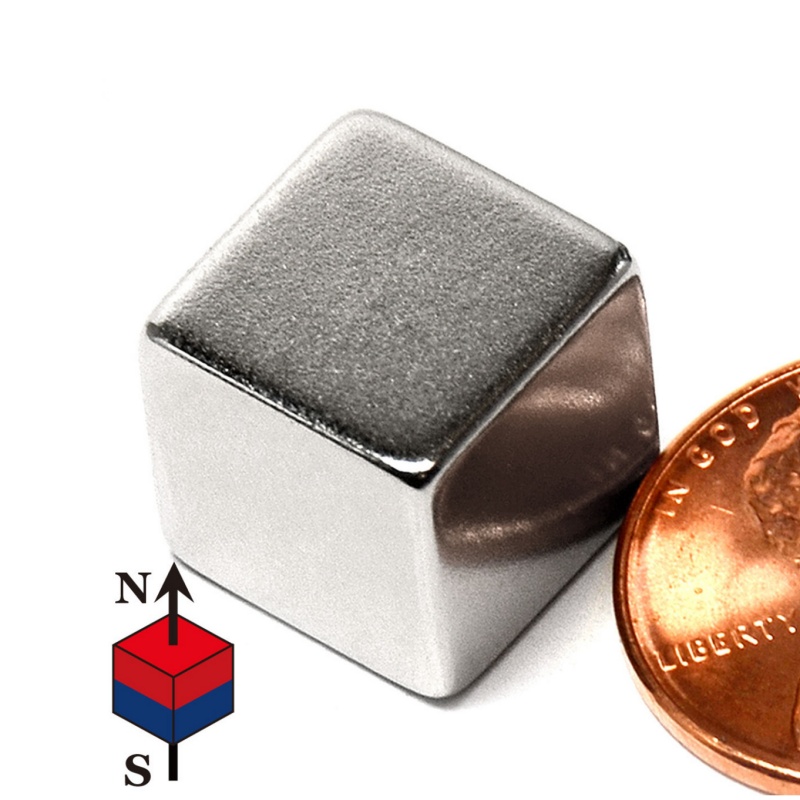





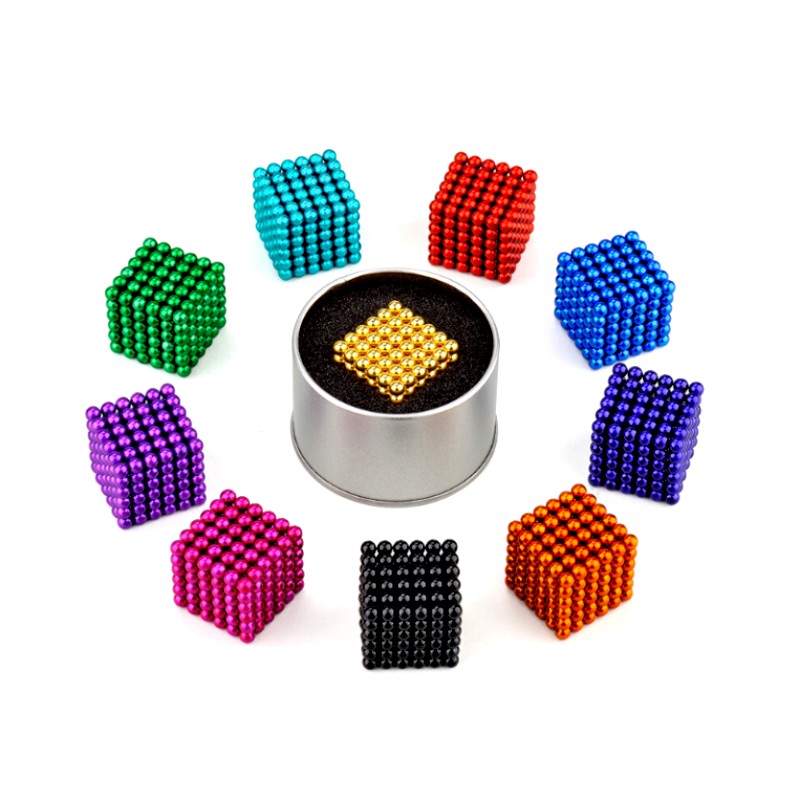





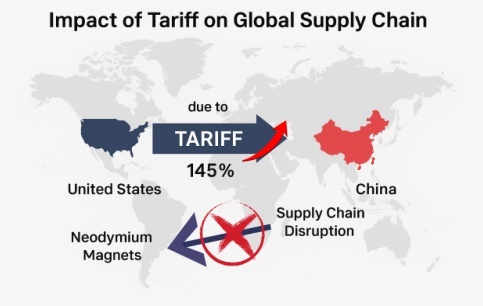



 IPv6 network supported
IPv6 network supported
